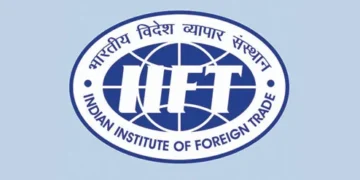Sindhu Jha
INDIA is demonstrating progress in its journey towards sustainable steel production, marked by advancements in technology and domestic policies. By implementing steel scrap recycling policy, the country aims to increase domestic scrap availability and reduce its dependence on imports.
The steel industry contributes around 2 per cent to India’s GDP (gross domestic product) and will act as a foundation for the country to meet its ambition to double its GDP and per capita income to 6.69 trillion dollars and 4,418 dollars, respectively, by 2030.
The National Steel Policy, 2017, aims to provide this foundation by increasing India’s steel production capacity from 122 million tonnes (MT) in 2015 to 300 MT by 2030. The urgency to address global excess capacity and cut carbon emissions is driving a shift in how industries operate. The steel industry, which accounts for approximately 8 per cent of global emissions, is no exception.
Dual advantage
As India adds new steel production capacity in the coming years to meet growing domestic demand, it is uniquely positioned to embrace sustainable steel production. Aligning with global sustainability goals will offer dual advantage: reducing environmental impact while boosting economic viability.
As the world moves towards stricter environmental regulations, India needs proactive and innovative technologies to remain competitive. Reports say that every tonne of scrap used in steel production saves 1.1 tonnes of iron ore, 630 kg of coking coal and 55 kg of limestone. It reduces water usage by 40 pc and greenhouse gas emissions by 58 pc.
The Steel Scrap Recycling Policy is built on the premise that scrap steel, once viewed as waste, is a resource that can reduce the industry’s environmental footprint.
































